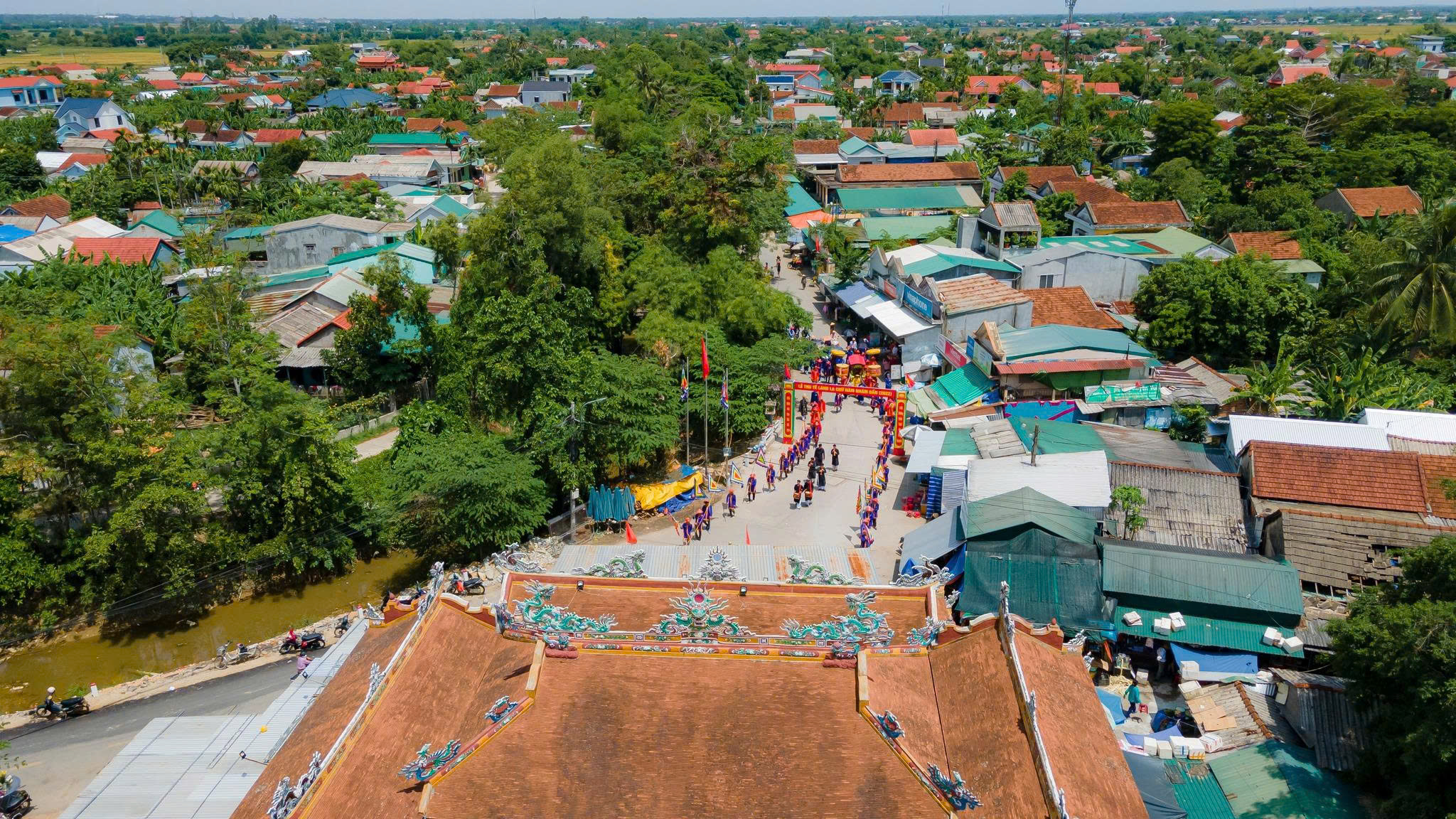 |
| Autumn offering ceremony in La Chu village, Huong Chu ward, Huong Tra town. Photo: Dinh Hoang |
Geographical records or local records are understood as books that record and compile aspects of a locality, including geography, history, customs, culture, economy , products and characters. Cultural geographical records are an important part of geographical records, including cultural values, traditions, customs, practices, beliefs, arts and traditional knowledge of the locality. It is surprising to know that one of the earliest geographical books of ancient China is Di Vat Chi by author Duong Phu, from Giao Chi district (ie our country Vietnam). In Vietnam, geographical records have existed quite early, there are currently about 200 books and continue to be supplemented, with all types: National records, provincial records, district records, commune records...
I still like reading village chronicles in Hue . Unlike those in the North, which often focus on history and characters, Hue chronicles stand out with their emphasis on village culture and customs, reflecting a community-based lifestyle. The cultural space of Hue villages has been close and closely associated with each person for generations. Residents from the North moved south to ancient Thuan Hoa to reclaim land and make a living, and first gathered and lived together in villages that they themselves established. And then, through many changes, village culture with its traditional cultural institutions, lifestyles, and unique customs and practices were still preserved, maintained, and developed.
In 1986, the book Bao Ninh Geography compiled by Mr. Nguyen Tu was published. This was the first village-commune geography work in our country based on the project of the late Professor Nguyen Dong Chi. Bao Ninh belonged to Quang Binh (at that time, it belonged to Binh Tri Thien province). At that time, Mr. Tu had a son living in Phu Bai, Huong Phu (now Huong Thuy), so he often went to Hue and was connected by Mr. Trieu Nguyen, a folklore researcher, who worked at the Department of Culture - Information of Huong Phu with me. We were able to convince the district leaders to invest and the result was the birth of Huong Thuy Geography, the first district-level geography work in Hue, which was honored with an award from the Vietnam Folklore Association.
In the epilogue of the book Bao Ninh Geography, Professor Nguyen Hue Chi wrote very well: "A whole separate world framed in a very ordinary village, suddenly comes to life from Mr. Nguyen Tu's book, stirs and struggles and finds its own value. That must be the reason why Bao Ninh Geography attracts readers."
Cultural geography is not only a book that records history and customs, but also a bridge for today's generation to understand and appreciate their roots. The fact that localities such as Phong Dien, Quang Dien... continue to invest in geography shows their determination to preserve their identity against the flow of time.
Source: https://huengaynay.vn/van-hoa-nghe-thuat/cau-noi-voi-coi-nguon-154115.html








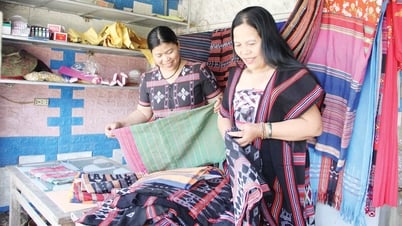
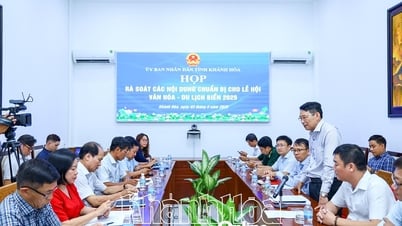



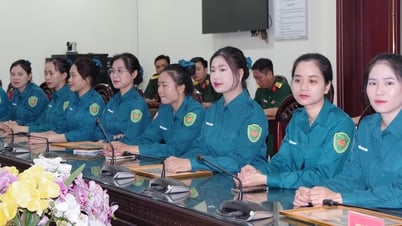
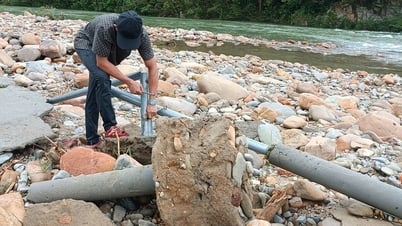




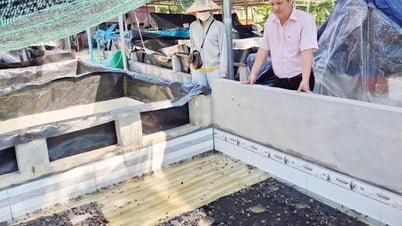

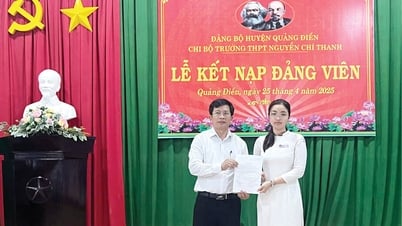
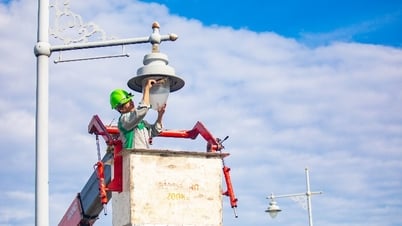
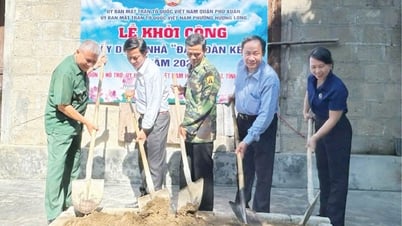
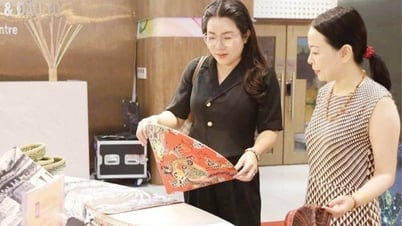
















































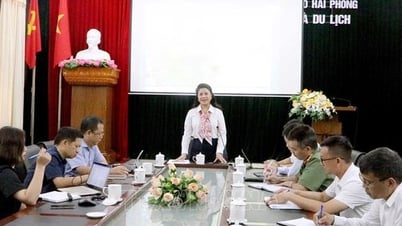
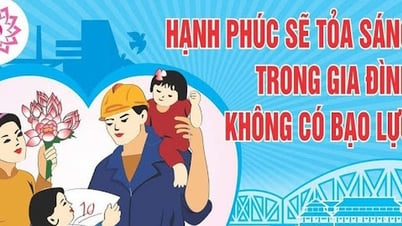


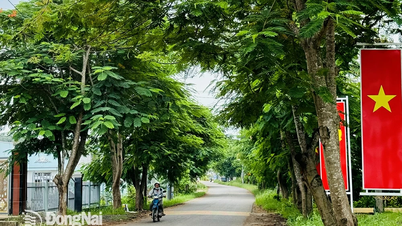


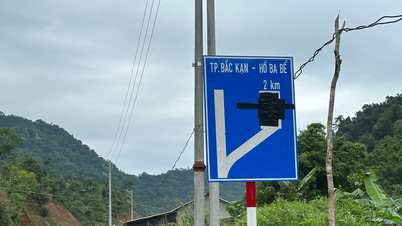














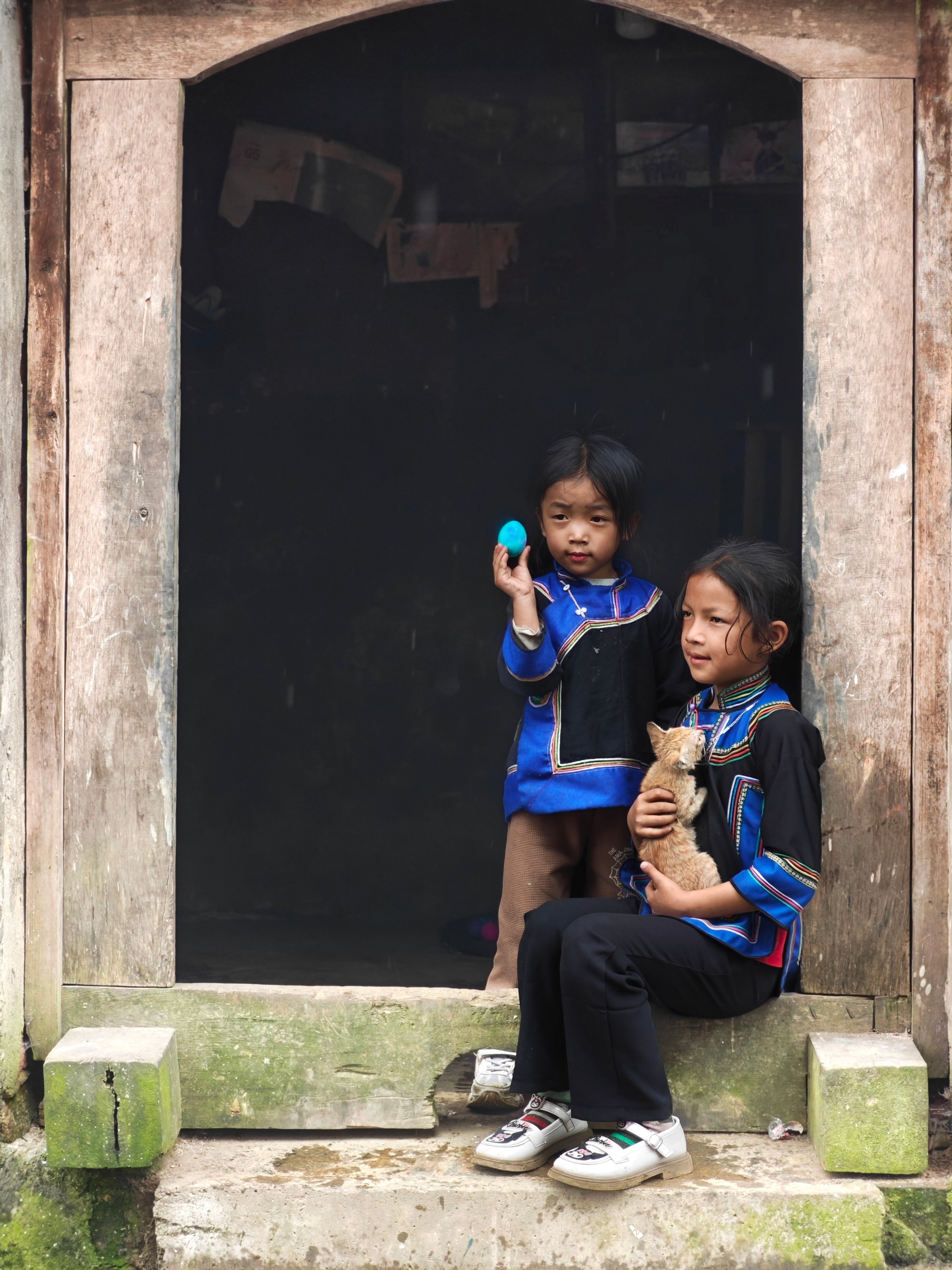

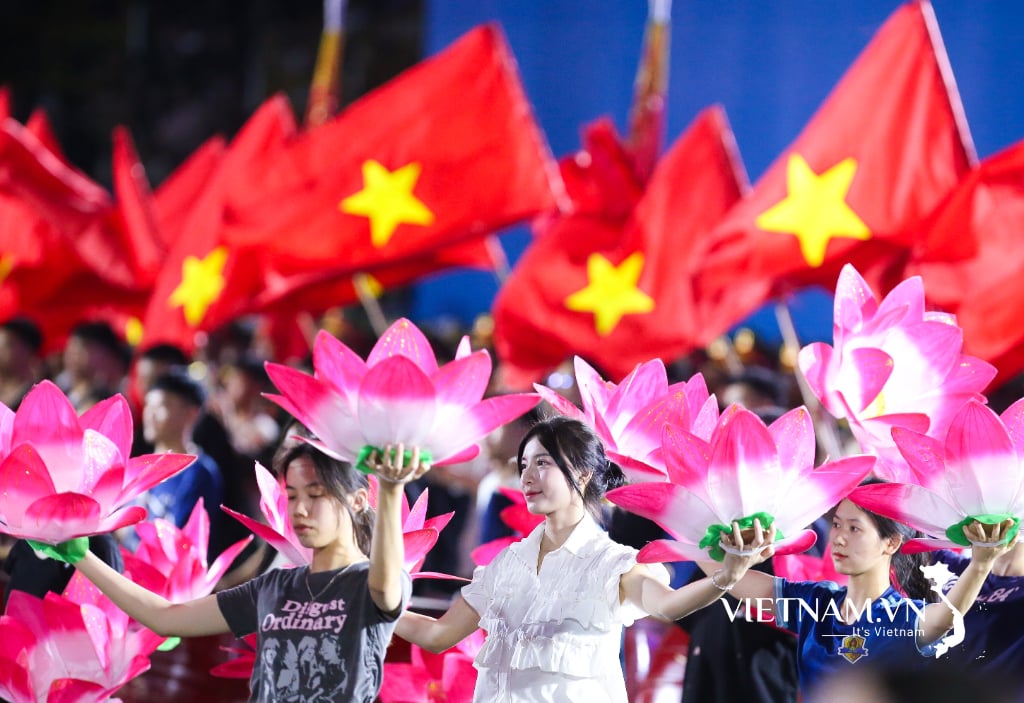
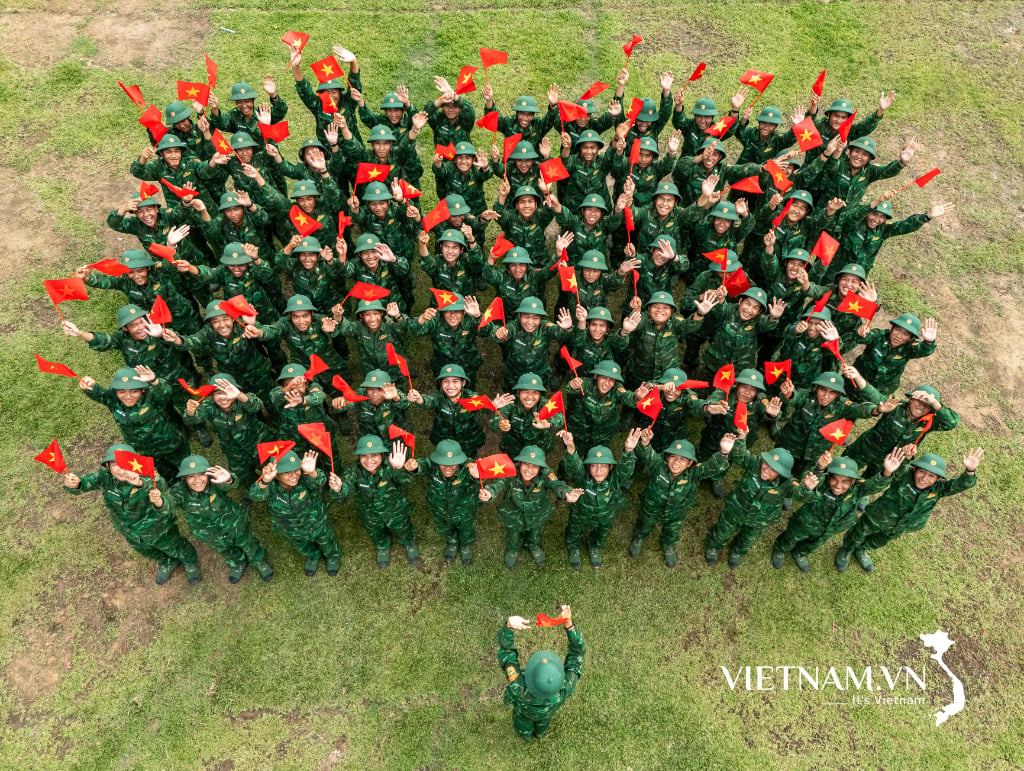
Comment (0)